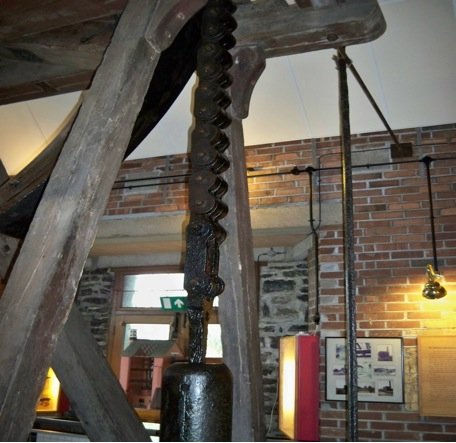
Thomas Newcomen Engine
Thomas Newcomen (1664-1729) designed and installed the first practical and successful steam engine, used initially for pumping water out of coal mines. Over 2000 Newcomen engines were installed world-wide during the 18th and 19th centuries, over 600 of them before 1775 when James Watt was able to improve their efficiency.
Contact us
Thomas Newcomen Engine
The Engine House
Mayors Avenue
Dartmouth
TQ6 9YY
T: 01803 834224
E: holidays@discoverdartmouth.com
Thomas Newcomen Engine
Thomas Newcomen Engine
The Engine House
Mayors Avenue
Dartmouth, DEVON TQ6 9YY






